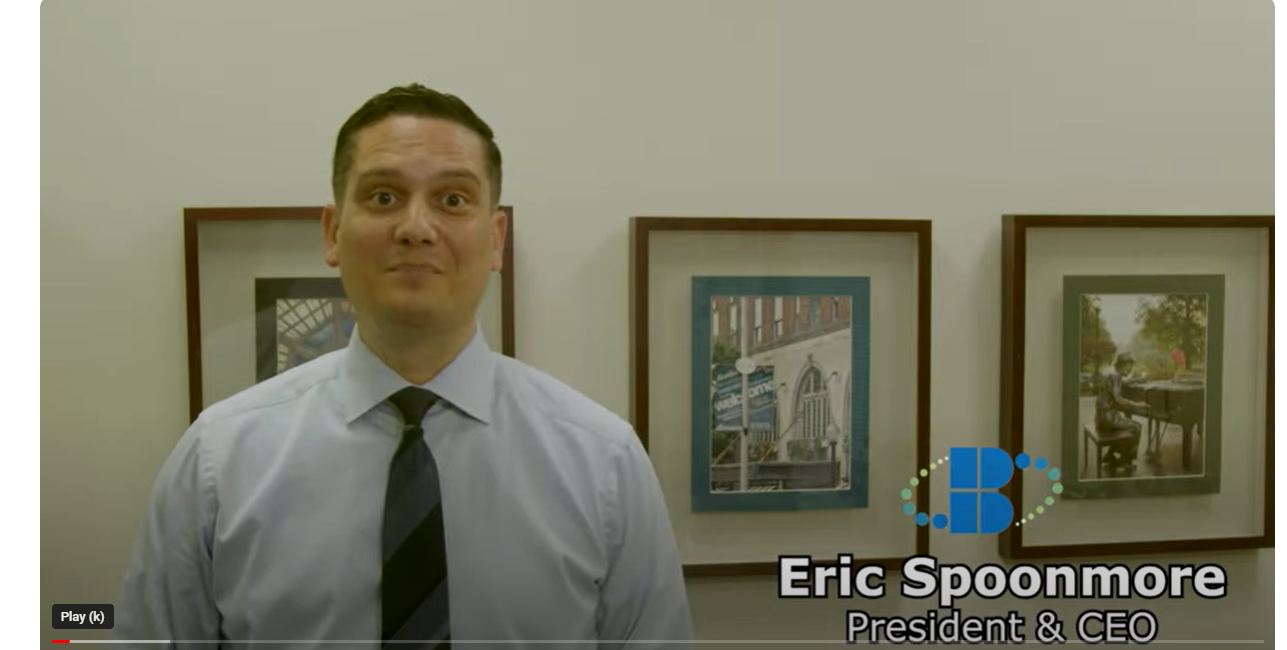 For the past several years, the Greater Bloomington Chamber of Commerce has advocated for policies and solutions designed to harness the potential of existing vacant commercial property in Bloomington. In 2021, the Chamber partnered with MPA students from IU's O'Neill School for a capstone project to analyze revitalization efforts in other cities and to provide recommendations for both the Chamber and the City to consider going forward. That report can be found here. Written just as the pandemic was beginning to wane and the world was returning to some sense of normalcy, this report provided a number of recommendations to help Bloomington bounce back from the difficulties of the pandemic. Nearly three years later, many of these recommendations still ring true. Time has also given us the opportunity to analyze new proposals, analyze data on established proposals, and determine which proposals have risen to the top as "best practices". Below are some proposals designed to activate vacant properties that have caught our eye and could be a basis for further consideration going forward.
An interesting proposal could also see the creation of a Makers Collective. This proposal would bring a food hall setup to non-culinary uses. This would allow smaller startups to gain traction in the local community while operating in a low-cost system. Under this system, a master tenant or building management company can lease a large space & subdivide it into smaller units. Given Bloomington's unique profile as a university town with a fantastic business school and strong research capabilities, this Makers Collective model could also be re-tooled into a grant-supported start-up program in coordination with IU Ventures or the Bloomington Urban Enterprise Association. A great model for this is Berlin Technical University's EINS start-up space. Whether proposed as part of the O'Neill capstone project or showcased as examples in this post, it is clear that there are a lot of ways that the vacant first-floor commercial space in Bloomington can be reactivated to help boost and diversify our city's economy. It's now up to city administrators and business leaders to find a model that best fits for Bloomington and to bring it forward.
0 Comments
Above is a short video from Eric Spoonmore, President/CEO of the Greater Chamber of Commerce. Here, he outlines the mathematics on why voting in the Democratic Primary on May 7th is in your best interest. He will also take the time to explain myths associated with party alignment in the state of Indiana.
 While Bloomington and the surrounding area is known more for its lakes than rivers, there has, nonetheless, been a proposal to create a riverfront district in Bloomington. Per Indiana code, a "river" is defined as any flowing body of water (or even a part of a body of water) and adjacent land. This broad definition gives communities wide latitude when setting up a riverfront district. The Bloomington proposal would see Miller-Showers Park (with its flowing canal) and the surrounding area designated as such a district. But what is a riverfront district and why is it important? In Indiana, businesses within a riverfront district may apply for an alcohol permit through the state's Alcohol & Tobacco Commission, regardless of the quota allotted to their municipality. This could also help to free up permits currently being used in Bloomington if a permit holder decided to relaunch in the riverfront district. While a recent sale of a three-way liquor license garnered up to $275,000 here in Bloomington, recipients of the riverfront liquor licenses pay an annual fee of $1,000. The north side of Bloomington is seeing rapid residential growth and encounters a lot of tourists coming to Bloomington for sports events. Yet the northside also lacks an anchor. A Miller-Showers riverfront district could be such an anchor and would be a huge boon for economic development and revitalization efforts on the north side of town. Furthermore, such a district would help to increase visitors to the park and enhance the Bicentennial Gateway area. Many cities like Carmel, South Bend, Columbus, Madison, Kokomo, and more have successfully implemented a riverfront district. Is it time for Bloomington to get in the game as well? The "river" at Miller-Showers Park might be small, but its economic impact could be mighty if the city were to adopt a riverfront district there. |
Categories
Categories
All
Archives
Archives
May 2024
|
|
Copyright The Greater Bloomington Chamber of Commerce. All Rights Reserved.


 RSS Feed
RSS Feed
